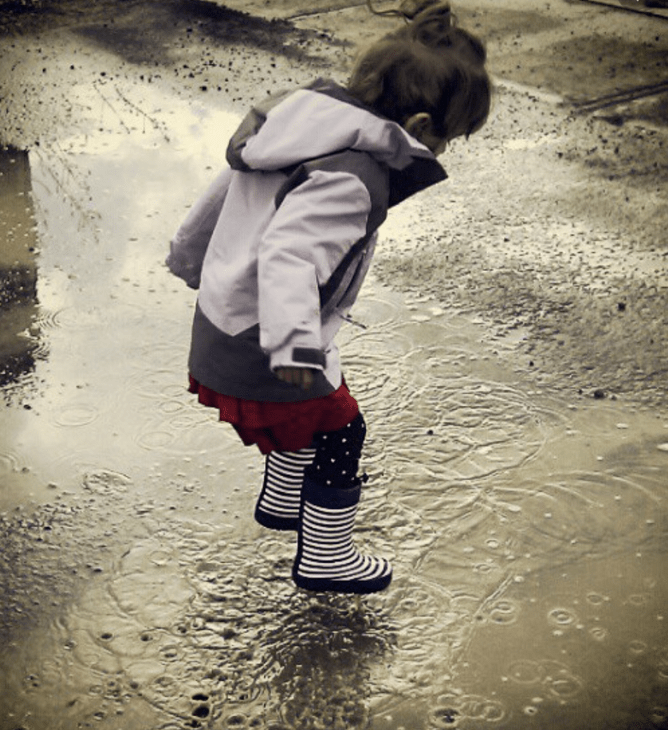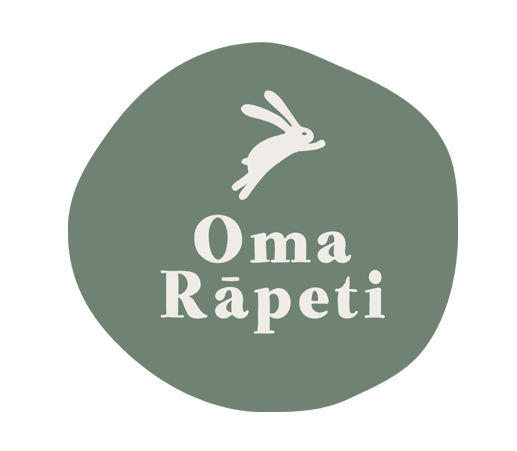How many of you have had a moment of terror when you have caught your young child climbing on top of the coffee table or trying to jump off their bed into the floor? I think it’s safe to say if you have a child you know this is a common occurrence and one that makes your stomach feel sick.
Children want to climb onto everything in the house, jump from heights and experiment putting themselves into different positions and places that make us scared as adults. Children are built with a natural intuition to put themselves in risky play experiences to test the waters on their own abilities. In Early Childhood Education it is called “risky play” and funnily enough as teachers; we don’t just like it, we encourage it.
Risk taking is one of the most important parts of play for young children of all ages and has so many powerful benefits. The research from around the world tells us that the foundational years of development are crucial in providing children with learning opportunities to experience risk. The key is that children need to be provided with opportunities to do so safely.
Children experiment with taking risk in so many moments of their lives as they figure out for themselves how much they can push themselves before a negative consequence happens. Risk taking is a developed skill and one that has to be learnt over time.
What is risk taking in play?
Risky play is defined in many ways, but I believe it is any act when a child is playing that has the potential to have a negative or uncertain outcome. That definition sounds scary I know, but that is the reality. Risk taking means there is the potential for something to go wrong, but more often than not with young children they are fine. The other way to think of risk is the potential for reward; in order to receive, we have to invest in the risk. For children in their play the risk is that they may get hurt for the benefits of developing their emotional, physical, and emotional well-being.
However, it truly is one of the most integral parts of childhood and one with so many benefits. As an ECE [Early Childhood Teacher] I observe children’s risks through a teacher's lens and I would love for everyone to see how wonderful it is.
What a risk is depends on who you are and your own definition, the same goes for children. In the first years of life taking risks is nearly an everyday occurrence. For one child a risk might be attempting to crawl downstairs for the first time and for another it might be trying to jump off the top of their bunk bed. The key is children need to explore the risk with all their senses and know first-hand what danger might feel like.
In the first years of life children need to experiment with risks through the head, hands, and the heart for an authenticity learning experiences. For children aged under seven essentially everything they do in their play is a way of learning. From my experiences I believe they need to know what it physically feels like on their body, how it sounds, how it smells, how it impacts and triggers their emotions, and what the outcome might be.
“Risk perception is like a muscle that needs to be developed and flexed”- Researcher Kate Blincoe 2015
What are the different categories of risk taking?
When we think about risks as adults, we think about the worst case scenario. That is a normal reaction because we have the cognitive ability to think rationally and use our knowledge to transfer in [to] different situations. For children there are different categories of risk, all with incredible benefits. They can be broken down into what I believe is the four main categories of risky play:
1. Heights: The most common risk taking is done through heights, jumping off the couch, climbing a ladder, going on a high swing at the playground.
2. Risky equipment: Children love using “real” tools and pieces of equipment and if you give them a plastic knife to cut their banana while you have a metal one, more often than not they want to use that one as it has an element of ‘risk’. Other things can be building tools such as screwdrivers, hammers[,] or gardening equipment such as spades.
3. Rough house play: Children love to experiment with others in physical ways such as wrestling, imaginary hunting, chasing each other, and just general fighting.
4. Exploring the natural elements: for children this may be playing in the rain, getting barefoot in mud, experimenting with ice/snow, or being around fire.
The benefits of risk taking
Safe risking in early childhood is one of the most important experiences for them as it allows them to understand their own body and create a greater perception of who they are and their own abilities.
Risk taking supports children to examine further risks in their life and develop their own boundaries of what they can and can’t do. I have witnessed how empowering it is for children to know what they are capable of and seen how it supports their overall emotional and physical well-being.
How can a child know they are in a dangerous situation if they haven’t had the opportunities to learn alongside adults to assess risk? They are developing autonomy over their body and know how far they can get outside their comfort zones. When faced in a scary moment without support around they will be able to make their own decisions to keep themselves safe
Children understand and remember concepts best when they learn from direct personal experience.
What is the adult’s role in risky play?
One thing we as adults often do is try to keep our children in our care safe. We want to show our love for them in every way we can, often minimising or stopping risk taking altogether. It’s our role to create safe opportunities for risk taking and offer clear boundaries and support for young children.
Adults need to be present in the moment to provide the support and awareness of the situation for the child to ensure the right steps are being taken.
Another barrier I have observed is the language we use with children- its one of the most important factors. How often have you caught yourself saying “be careful”? From my experiences in this circumstance these are some prompts that I have found helpful:
• “Do you think this is going to feel safe to jump off?”
• “I can see you starting to get unbalanced standing on that plank, I wonder if you take a step back you might find it safer to jump”
• Remember last time when you climbed the ladder to the top, you couldn’t get down, I wonder this time how high you feel comfortable to climb?”
Part of risky play and developing children's confidence around risk taking is the ability to be able to judge risk and decide on your own without adult interference whether they can trust themselves to try, or whether it feels too unsafe. This leads me to adults setting supportive yet clear boundaries
It sounds like hard work but I think the energy spent here is worth it. Setting boundaries within risk taking, a clear boundary may be that it’s never ok to jump off your couch and stick to it, however, when you go to the playground let them experiment and take a risk. If they want to jump off the platform, start using your language and commenting on the risk, “if you jump you will be landing 2 metres below where you are now, I wonder if you jump you will be able to feel safe”. Let children hear about your comments and make them aware of the risks they might not have seen, if they still want to try.... let them.
Within risk taking there is always going to be accidents and failures, however developing children’s ability to assess risk at four years old is better than experimenting with risk taking when they are 18 and in far more dangerous
Risk taking is a natural part of life and one to be explored in childhood. It’s a journey as adults to recognise our own limiting beliefs on children and to try stop placing our fears of the risks on them. With risks comes challenges but with risks also comes rewards and for the youngest generation safe risk taking in the first years sets them up to recognise their own strengths and abilities.


